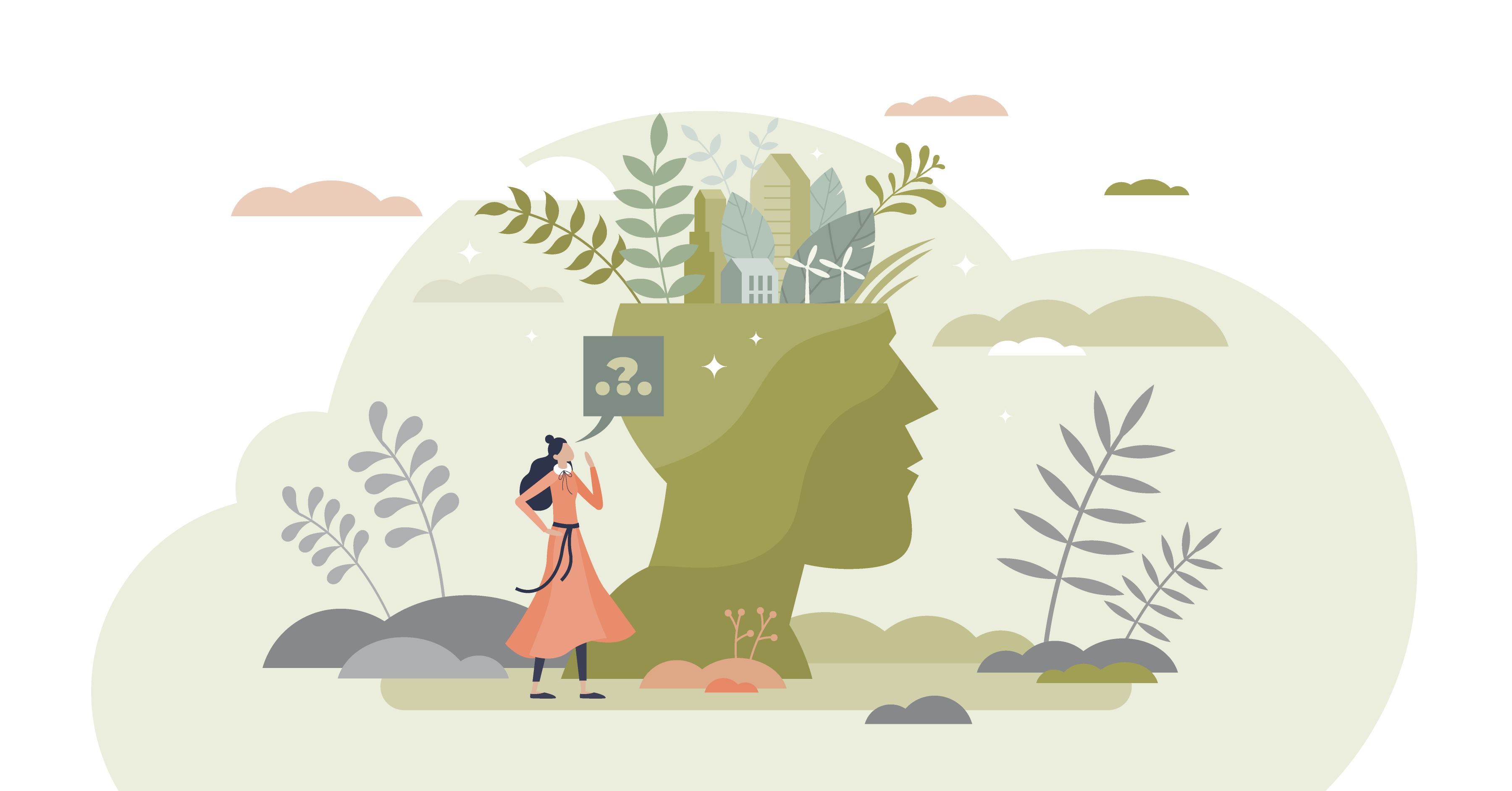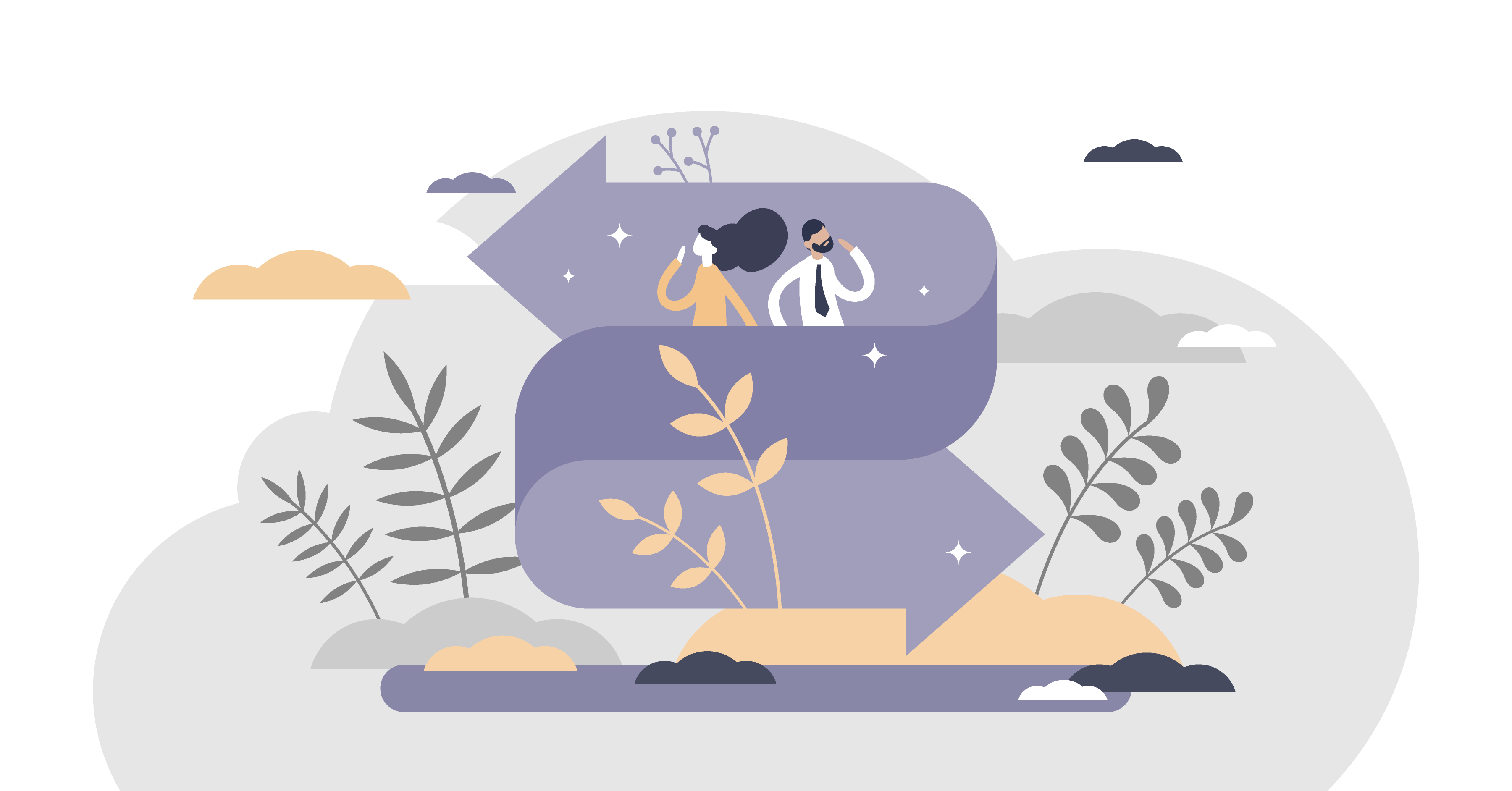Table of Contents
I have set myself a challenge to write for 1-2 hr from a single word prompt every day for 30 days. AI is only allowed to improve my interpretation, not for writing. This is Day 3. Today’s word is; ‘biodiversity’.
"Biodiversity" is one of those words you might hear used when people talk about nature. As a plant and soil scientist, biodiversity is a central underlying theme of my research. But in my experience it can get muddled with similar terms. In today's blog, I explore biodiversity and its relationship to the similar term, species diversity:
- What is biodiversity?
- What is it not?
- And why should we care about it?
Biodiversity = biological + diversity
What biodiversity is
Biodiversity is short for biological diversity. The bio(logical) bit effectively refers to living organisms. Everything from tiny bacteria to mushrooms to birds and elephants. And we could include ourselves too as Homo sapiens, though we don't normally talk about the 'biodiversity' of people.
The diversity bit refers to having an assortment of different things. If we have high biodiversity then we have a large number of different living things. When we talk about biodiversity, most people talk about it as and understand it to be "the variety of life on earth" (Secretariat of the Convention on Biological Diversity, 2006). It is very important to note that biodiversity includes how creatures interact with one another and with the place the place in which they live. Biodiversity is an all encompassing word to refer to all life on earth and all its environmental systems of which this life needs to survive.
Don't get biodiversity mixed up with species diversity
I'll now tell you what it is not. Biodiversity is not simply 'the number of species'. This is something we call 'species richness'.
Confusingly, it's also not the same as 'species diversity'.
Species diversity is a metric calculated from both the number of different species (richness) and the number of each of those individual species (evenness or abundance). There are various indexes to do this, but the idea is to end up with a number to describe how diverse a system is.
Many researchers use 'species richness' and 'diversity' interchangeably and this is incorrect. And then diversity changes into biodiversity and suddenly number of species becomes equivalent to biodiversity in a piece of work. Whilst this may seem I am getting annoyed with semantics, it leads to the idea that more species is better without considering how those species interact and how many of them there needs to be for a system to function properly.
The way we measure species diversity is also limited to those species we are able to define. This is study dependent and is more often than not confined to one trophic level e.g. plants or bacteria.
Our ecosystems are all different; some are dominated by, or dependent on, a few species such as African grasslands, redwood forests and coastal mangroves, whereas others like soil is estimated to hold 59% of all species on Earth (Anthony, Bender and van der Heijden, 2023). Biodiversity attempts to consider all this and considers value based on all creatures and in the context of where they live.
Perhaps by now you may get a sense of why it is important.
Biodiversity is life
In essence, biodiversity is life on Earth. Without biodiversity, there is no life. So, we should kinda care about it.
I think that's all I need to say about that.
When we erode biodiversity, we take away life from Earth. It might sound dramatic, but it's true.
I'll leave you to think upon that until tomorrow, when my next word will be 'manuscript'.
Meanwhile, if you are looking for more biodiversity in your reading, make sure to sign up to my newsletter:
More Info
Anthony, M.A., Bender, S.F., van der Heijden, M.G.A., 2023. Enumerating soil biodiversity. Proc. Natl. Acad. Sci. U. S. A. 120, e2304663120. https://doi.org/10.1073/pnas.2304663120









Comments